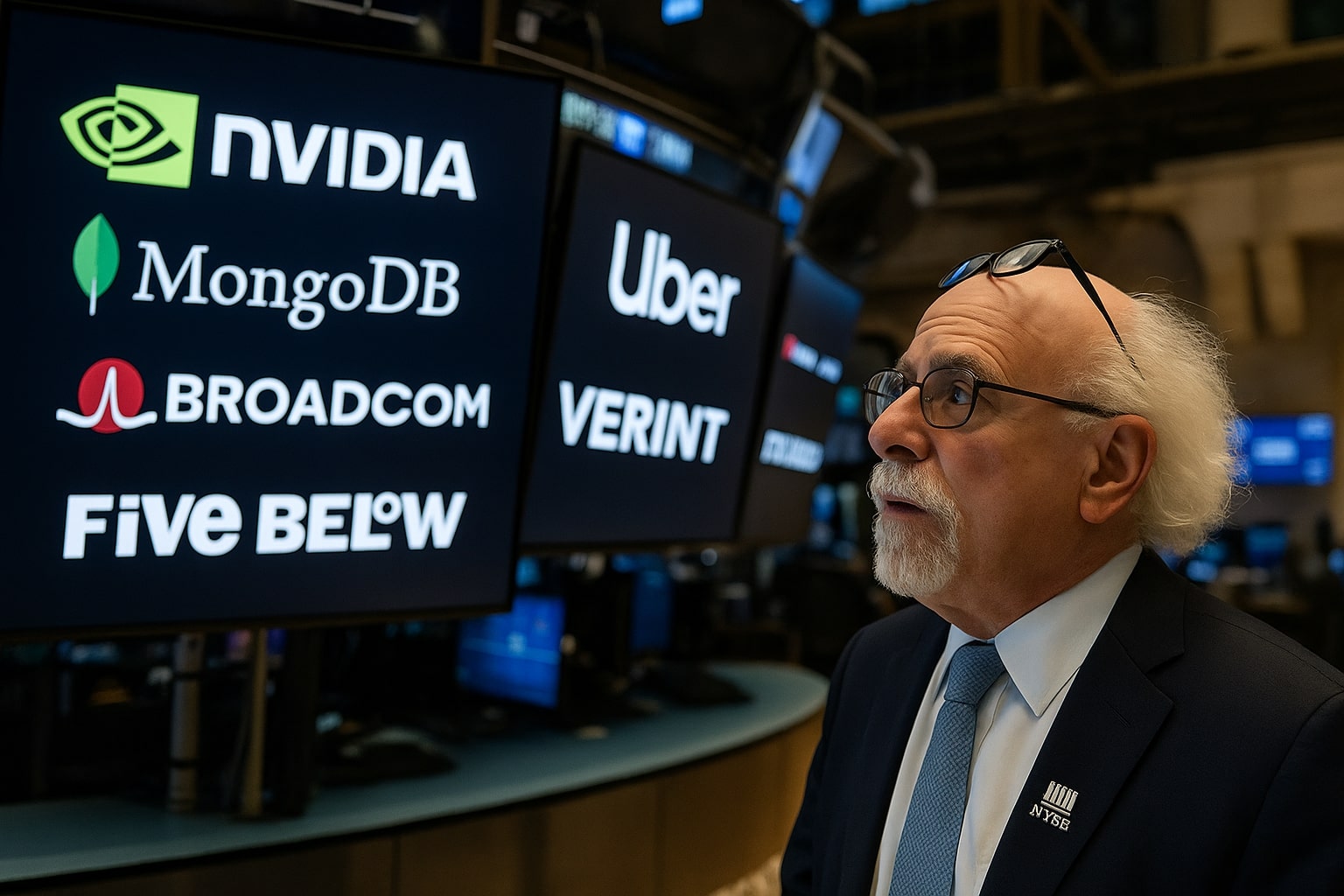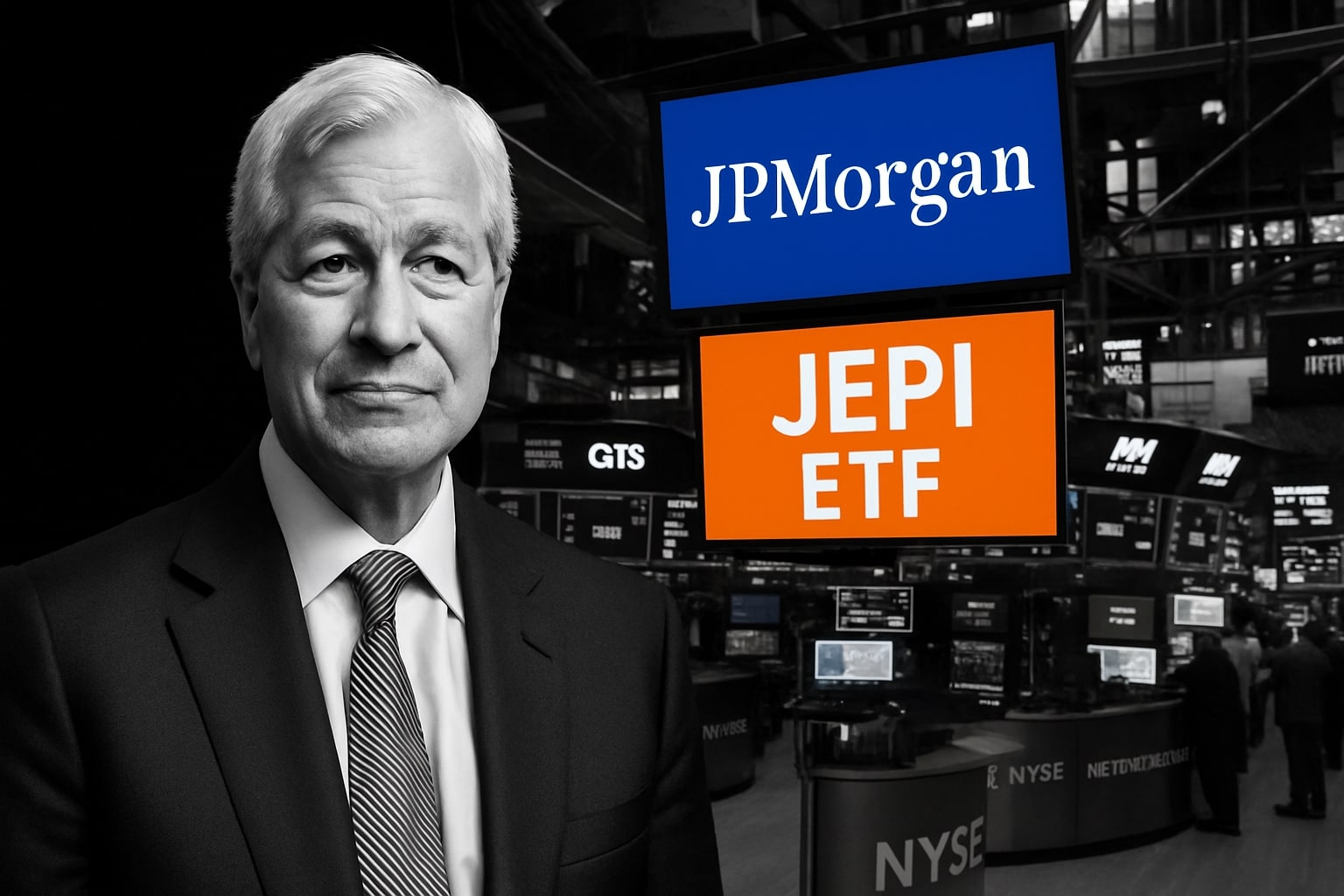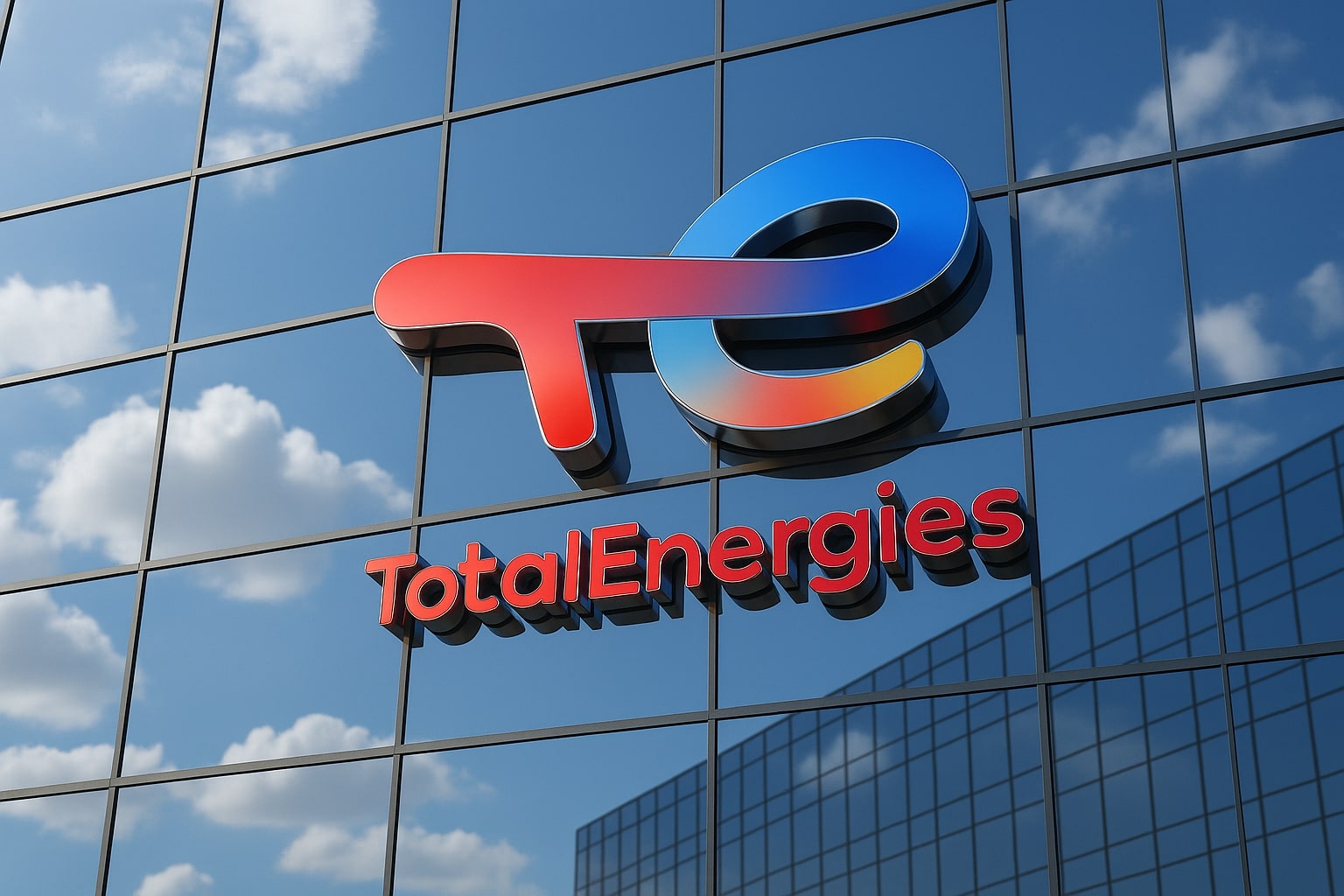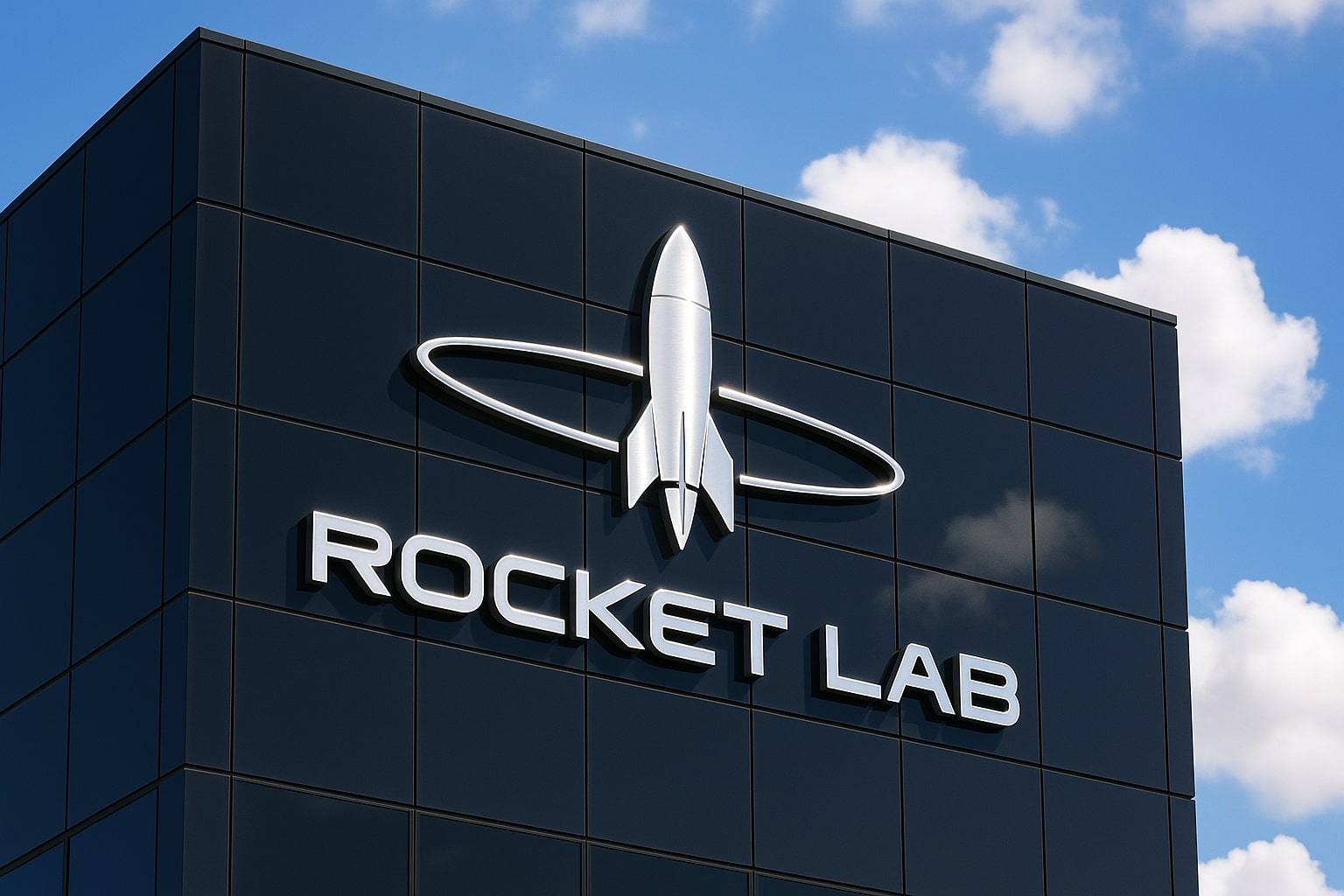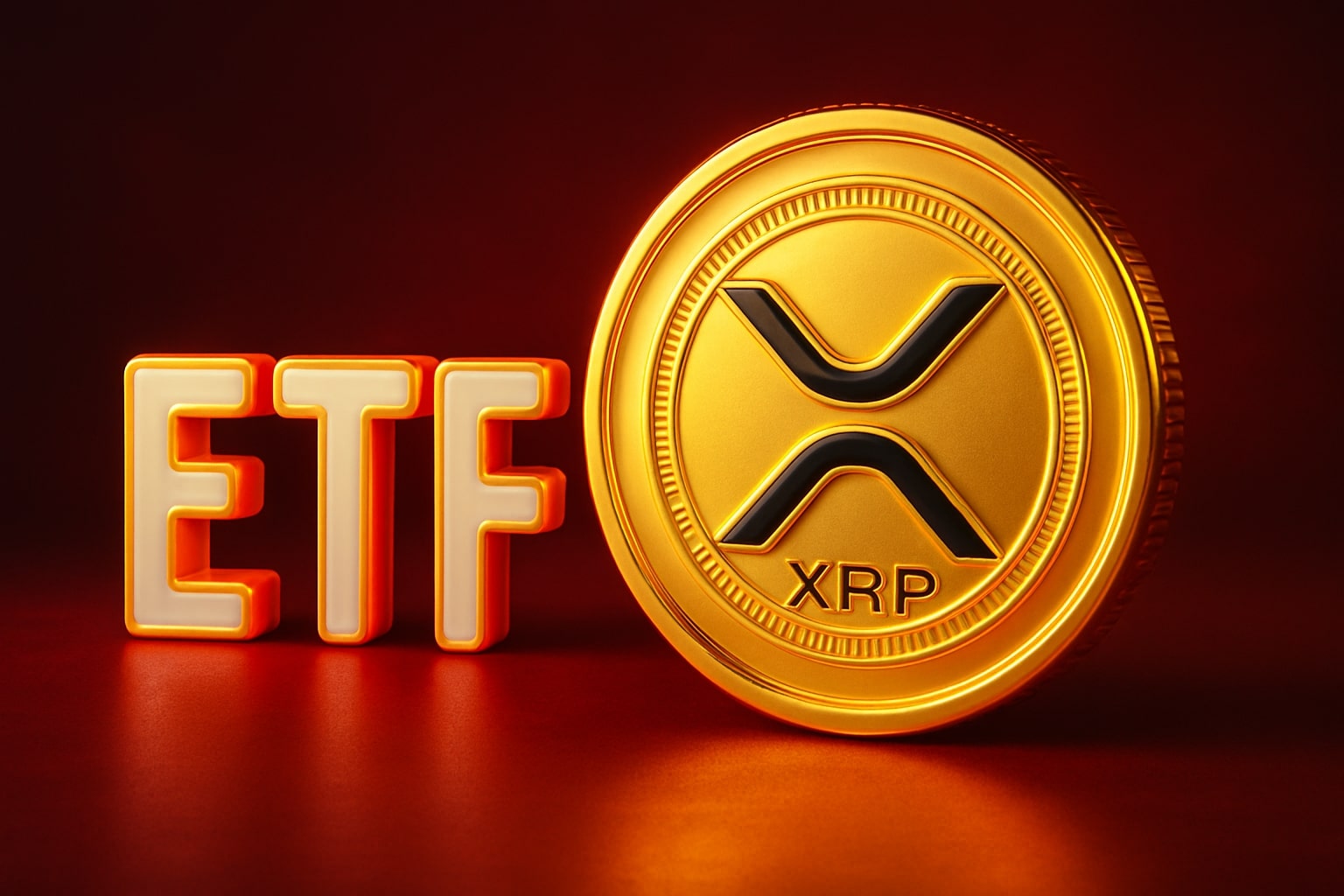Wall Street Futures Show Fragility Behind Tech Momentum
Nasdaq 100 futures edged 0.1% higher to 18,894 in early Thursday trading, while S&P 500 futures ticked up to 5,350 and Dow Jones Industrial Average futures added 58 points, lifting them to 38,785. But under the surface, this modest green belies significant structural tension. On Wednesday, the Dow ended its streak of gains with a drop of 0.22%, closing at 38,712. The S&P 500 settled nearly flat at 5,353 (+0.01%), and the Nasdaq Composite outperformed with a 0.32% gain, closing at 17,187—driven primarily by megacap tech.
The employment backdrop has become Wall Street’s newest weak spot. May's private sector payrolls posted an increase of only 37,000 jobs, missing expectations of 110,000 by an alarming margin. The figure triggered fresh anxiety over labor softness, which rippled through the bond market, sending the 10-year U.S. Treasury yield plunging 10 basis points to 4.36%. Traders now assign a higher probability of a Fed rate cut before Q4, fueling capital rotation back into tech leaders as a defensive play.
MongoDB and Uber Dominate as Midcap Growth Reclaims the Narrative
MongoDB Inc. (NASDAQ:MDB) soared 12.3% after hours to $398.71, following a blowout Q1 report. The company delivered earnings of $1.00 per share on revenue of $549 million, beating estimates of $0.66 and $528 million. It also upgraded full-year guidance—fueling bullish sentiment in the enterprise software complex. With shares already up 24% YTD before the report, MDB's results reignited momentum in a sector that has underperformed relative to hardware-focused AI names.
Uber Technologies Inc. (NYSE:UBER) has climbed 38.4% YTD and added another leg higher this week, trading near $69.30, as it announced that Palo Alto Networks CEO Nikesh Arora would join its board. The appointment comes amid key leadership changes and intensifies the company's push toward autonomous mobility. Uber’s ongoing outperformance relative to the Dow and S&P 500 reflects investor confidence in its ability to leverage ride-hailing scale, logistics, and AI integration in a fragmented transport market.
Broadcom Breaks Records Ahead of Earnings; Circle IPO Surges
Broadcom Inc. (NASDAQ:AVGO) rose to an all-time closing high of $1,495.50, gaining more than 5% over three sessions as investors priced in strong AI infrastructure tailwinds ahead of earnings. With Nvidia’s dominance in GPUs firmly priced in, AVGO has emerged as the semiconductor pick for investors seeking exposure to enterprise networking, data center fabric, and VMware integration.
Meanwhile, Circle Internet Financial priced its IPO at $31 per share, well above the proposed $27–$28 range, assigning the stablecoin issuer a market cap of $6.8 billion. Trading under the ticker CRCL, it becomes the largest pure-play stablecoin company on a U.S. exchange. The listing has added fresh momentum to fintech listings, a sector that has faced headwinds from both regulation and macro uncertainty.
Verint and Five Below Show Value Still Exists in Small-Cap Earnings
Verint Systems Inc. (NASDAQ:VRNT) exploded 19% higher in post-market action to $31.20 after smashing estimates. The firm reported $0.29 EPS on $208 million revenue, versus expectations of $0.22 and $195 million. The AI-driven customer analytics firm has lagged for quarters but now shows clear signs of a turnaround as margin leverage and subscription revenue pick up.
Five Below Inc. (NASDAQ:FIVE) gained 2.5% after closing at $130.12, supported by Q1 earnings of $0.86 per share on $971 million in sales, surpassing consensus forecasts of $0.82 and $967 million. The company also raised Q2 guidance, reinforcing strength in the discount segment. However, CFO Kristy Chipman’s resignation added some caution to the after-hours optimism.
ECB Cuts Again as Inflation Falls Below Target; FTSE, DAX React Positively
The European Central Bank executed its eighth rate cut in 12 months, trimming the benchmark rate by 25 basis points to 1.75%, following a surprise drop in eurozone inflation to 1.9%. ECB President Christine Lagarde signaled that while the door remains open to further cuts, a summer pause is likely. Traders are now pricing a terminal rate of 1.5% by year-end.
European indices responded positively. The FTSE 100 climbed 0.26% to 8,824.13, Germany’s DAX (^GDAXI) rose 0.2% to 18,647, and France’s CAC 40 (^FCHI) also advanced 0.2% to 8,042. The broader STOXX 600 (^STOXX) edged up 0.2% to 524. Investors welcomed the easing cycle but remain wary of lagging industrial demand.
Germany’s Factory Orders Surprise to Upside; Tariff Concerns Remain
Factory orders in Germany rose by 0.6% in April, reversing expectations of a 1.0% drop. Domestic orders increased 2.2%, offsetting a 0.3% decline in foreign demand. The strongest contributions came from transport equipment and optical products, suggesting resilience in Europe’s core manufacturing economy despite renewed U.S. tariff rhetoric. These results give the ECB breathing room, but the risk of a disrupted trade environment remains elevated.
UK Car Market Grows 1.6% But EV Targets Still Lag
UK auto registrations rose 1.6% year over year to 150,070 units in May, the best performance since 2021. BEV sales jumped 25.8% and reached 21.8% market share, though still trailing the mandated 28% share required by ZEV targets. Fleet and business purchases (+3.7% and +14.4%) drove growth, while private demand fell 2.3%. The market shows signs of stabilizing, but affordability and infrastructure gaps continue to challenge electrification goals.
Pension Reform Sparks Political Blowback Despite £50B Liquidity Pledge
The UK government unveiled its Pension Schemes Bill, aiming to channel up to £50 billion of retirement capital into domestic markets by consolidating smaller pots and eliminating inefficient fee structures. While Chancellor Rachel Reeves framed it as “a game changer,” multiple financial experts criticized the move, warning it could allow employers to extract surpluses from defined benefit plans. Such actions risk undermining pension stability and recalling the systemic failures seen during the Maxwell scandal. Markets see the bill as supportive of equities in the short run but question its long-term credibility.
KOSPI Leads Asia While Nikkei Slides on Weak Bond Demand
South Korea’s KOSPI (^KS11) surged 1.49% to 2,812.05, extending its rally to a second straight day. Gains were powered by tech and battery names, pushing the index to its highest level since mid-July. In contrast, Japan’s Nikkei 225 (^N225) dropped 0.5% to 38,510 after a disappointing 30-year bond auction, which drew the weakest demand since 2023. The Hang Seng (^HSI) rose 0.9% to 18,447, while the Shanghai Composite gained 0.2%, continuing a slow recovery trend in Chinese equities.
Narrow Leadership, Rate Bets, and Tariffs Complicate Bullish Case
Despite headline gains in the Nasdaq and S&P 500, market breadth remains thin. AI, software, and fintech are doing the heavy lifting, while the Dow and traditional cyclicals lag. PVH Corp. (NYSE:PVH) dropped sharply to $112.04 after cutting guidance, citing margin pressure from new U.S. tariffs. With industrials, consumer discretionary, and materials underperforming, the broader indices are masking deteriorating fundamentals under a tech-heavy surface.
As earnings decouple from broader macro strength, it’s critical to separate high-quality momentum stories from index beta. AVGO at $1,495, MDB at $398, UBER at $69, and CRCL debuting at $31 represent clear Buy setups. The S&P 500 at 5,353 and Nasdaq at 17,187 are on Hold until labor data strengthens. PVH and tariff-exposed names remain Sells.
Buy: AVGO $1,495, MDB $398, UBER $69.30, CRCL $31
Hold: S&P 500 (5,353), Nasdaq Composite (17,187), WISE.L
Sell: PVH $112, Dow heavyweights without tech leverage














